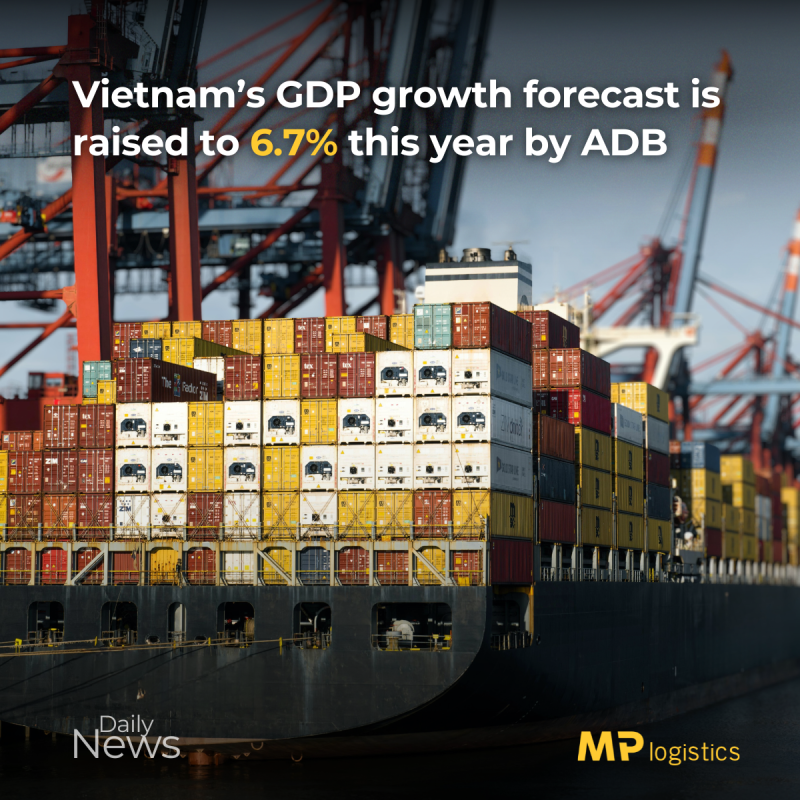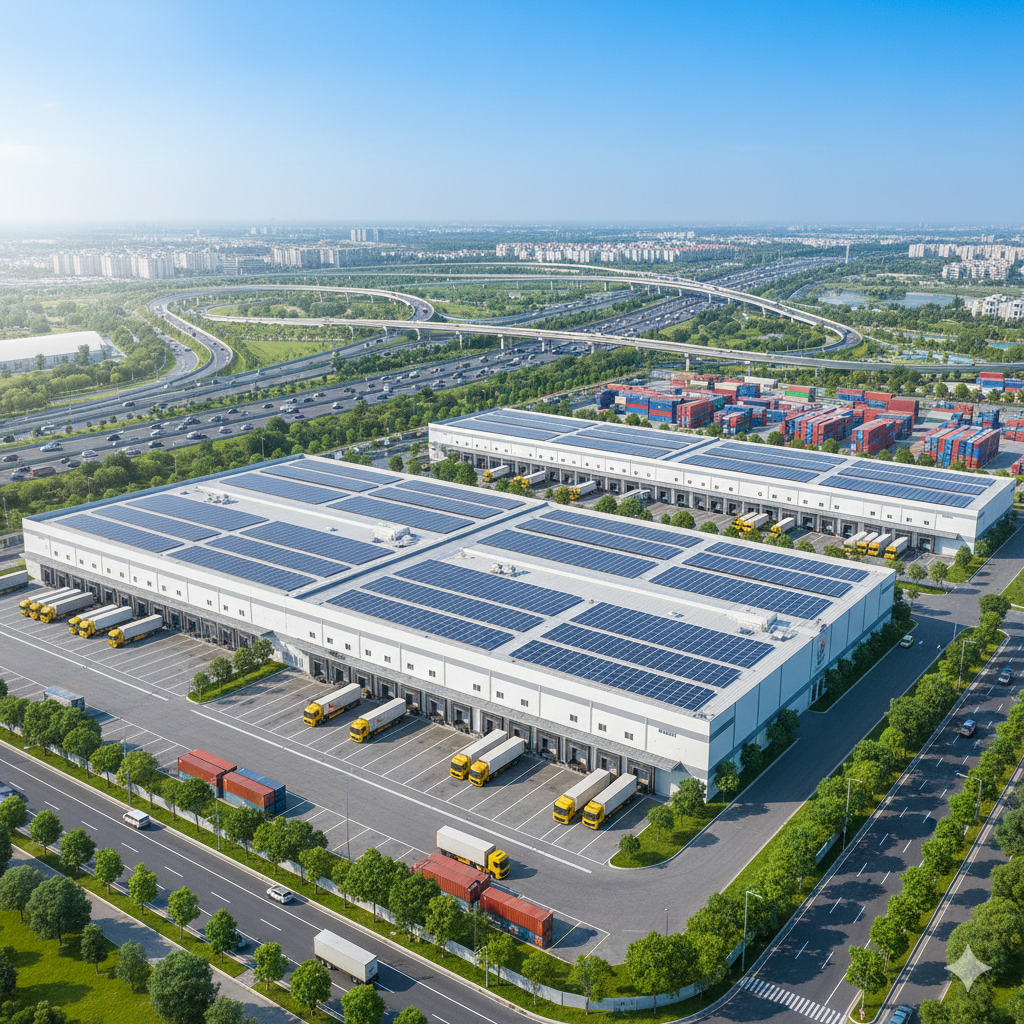
ADB raises Vietnam’s economic growth forecast to 6.7% this year, driven by strong exports and FDI despite U.S. retaliatory tariffs.
The Asian Development Bank (ADB) announced on September 30 that it had revised Vietnam’s GDP growth forecast upward to 6.7% for 2025, an increase of 0.4 percentage points from its projection two months earlier.
According to ADB economist Nguyen Ba Hung, the revision is based on several positive factors observed in the first months of the year. Exports and foreign direct investment (FDI) continued to rise, despite the impact of U.S. tariffs.
“One of the encouraging signs is that Vietnam’s tariff burden is not significantly worse than that of its regional trade partners, helping the country maintain a competitive advantage,” Hung said.
Previously, UOB Bank also raised its forecast for Vietnam’s 2025 GDP growth to 7.5%, up 0.6 percentage points from its earlier estimate. Meanwhile, the World Bank (WB) projected growth at 6.6%, supported by a strong 7.5% expansion in the first half of the year.
Vietnam itself has set an ambitious target of 8.3–8.5% GDP growth for 2025, aiming to build momentum for double-digit expansion in the following period.
As of the end of August, Vietnam’s export value had increased 14.8% year-on-year, reaching about USD 306 billion. The United States was the fastest-growing market, up 26.4%, while other key markets also recorded gains: China (9.2%) and Japan (9%).
FDI inflows remained robust despite tariffs, with disbursements rising 8.8% to USD 15.4 billion, the highest eight-month figure in five years. According to ADB, this indicates foreign companies’ confidence in Vietnam’s market and opportunities. However, while disbursements increased, new registered capital fell 8.1%, reflecting hesitation among new investors amid global trade uncertainties.
Looking ahead, ADB forecasts slower growth in the remaining months of the year, as exports face the impact of new U.S. retaliatory tariffs—set at 20% since early August. Strong export growth in the first eight months was also partly front-loaded, as firms accelerated production to avoid tariffs, which may lead to weaker shipments later in the year.
The Purchasing Managers’ Index (PMI) slipped back to 50 in August, signaling flat future orders after strong growth in July. “This shows that upcoming orders may not necessarily rise,” Hung noted, adding that Vietnam’s economy remains resilient for 2025–2026 thanks to supportive fiscal and monetary policies.
According to Shantanu Chakraborty, ADB’s Country Director for Vietnam, better coordination between fiscal and monetary policy implementation will help avoid excessive pressure on monetary tools and ensure macro-financial stability.
Credit growth in the first eight months reached 18%, higher than the full-year target of 16%. ADB experts noted that while strong credit growth supports economic expansion, it could also pose macroeconomic risks, as short-term credit often flows into assets like gold and stocks. In the long run, however, rising real investment demand should redirect credit toward productive business activities.
ADB recommends that Vietnam pursue comprehensive legal reforms to address climate change challenges, strengthen private sector competitiveness, modernize its tax system, and accelerate digital transformation.
For 2026, ADB forecasts Vietnam’s GDP growth at 6%, with inflation at 3.8%. Falling global energy prices are expected to ease transportation costs, a major component of consumer spending.
Source: Vnexpress
30/09/2025
 info@mplogistics.vn
info@mplogistics.vn (+84) 28 3811 9033
(+84) 28 3811 9033




 VN
VN